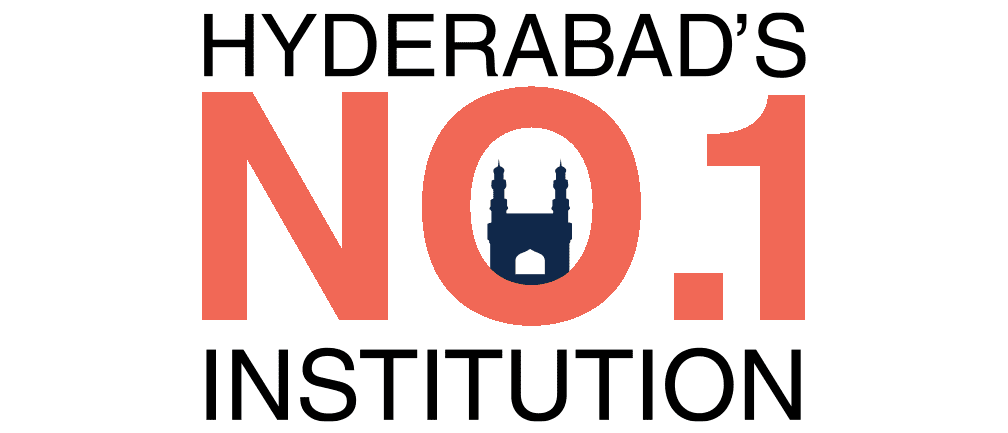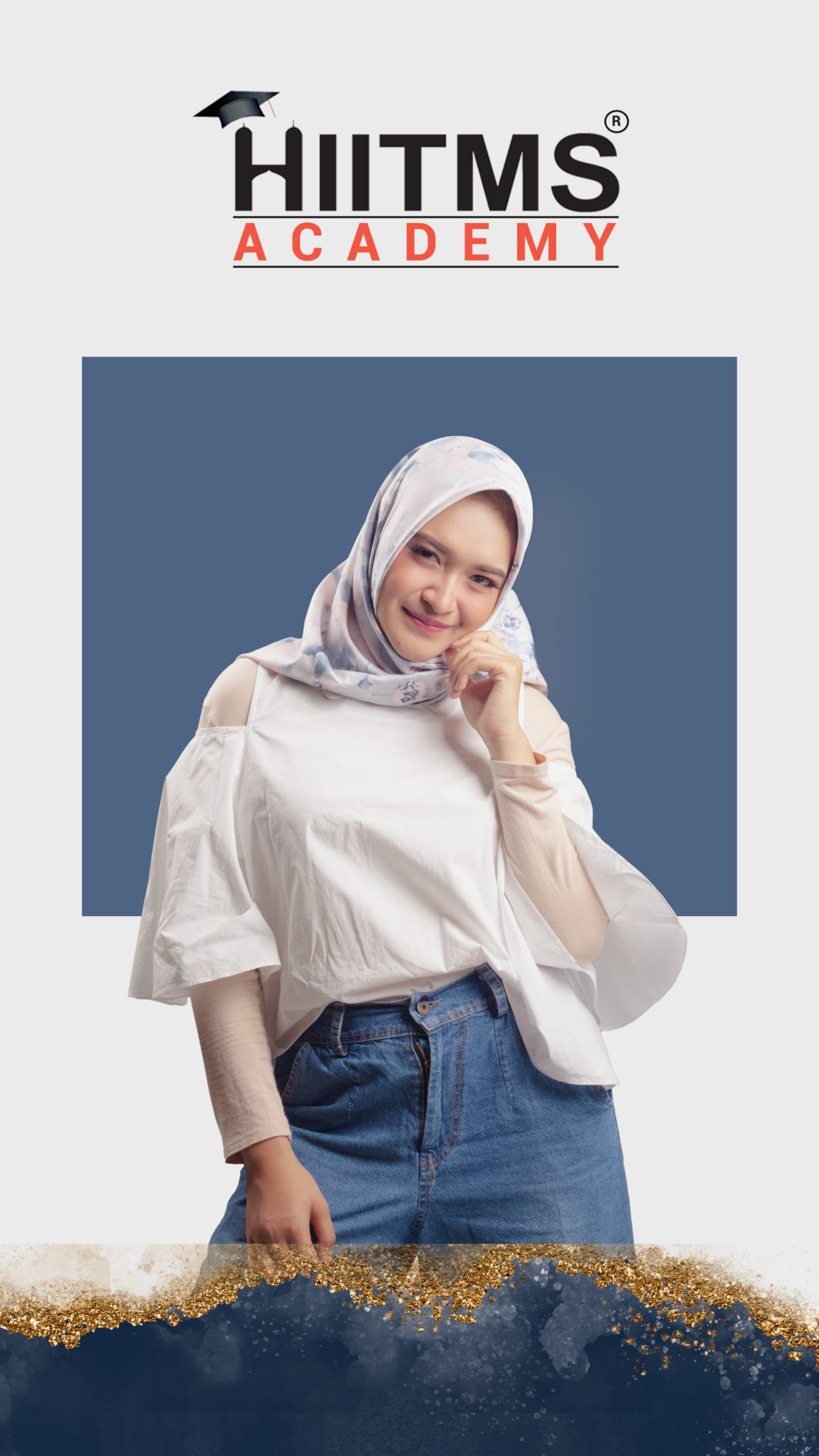Fashion Design-Interior Design – Aviation Course Training institute in Hyderabad

CERTIFICATE COURSE IN BOUTIQUE MANAGEMENT
The word management itself is so vast that anything attached to it will require professional learning and understanding. The term Boutique has been heard by all in their day-to-day lives but is unfamiliar with the study behind and management behind it. A boutique is a place where garments are made by customization as per the requirement of the clients. Every boutique owner must undergo a certificate course in Boutique Management to study the nitty gritty of the garment customization world. The knowledge of fabrics, textures, designs, prints, and stitches all have a lot of variety; therefore, getting to know about them through a professional is a must.
Register NOW
Admissions are in Progress...
Eligibility Criteria:
- 10th / SSC / Intermediate / 10+2 / Higher Secondary / PUC / Graduation
Mode:
- Regular/Weekend
Duration:
- 6 Months
What is Certificate Course in Boutique Management?
The certificate course in Boutique Management is for 6 months wherein a student who has cleared their 10th Standard can apply for the course on the website. The ease of the admission process makes it accessible to all the students willing to be a part of the design industry. The early one starts it becomes easier for them to set up their venture at the earliest and start making money out of their business. The best part about this course is that it doesn't require any formal education for the applicant before applying. Boutique Management is like a small-scale business wherein a person should be able to handle all the legalities and formalities on their own. The course ensures to impart the required knowledge along with the case studies of the big designers and designs. The flexibility of attending the course is such that an applicant can choose between the regular classes or weekends as per their availability. The need to be independent can be easily met by understanding the requirements of your business and meeting the expectation of the client in the best possible way.
What are the subjects & topics covered in certificate course in boutique management?
Principles of Fashion:
As a course student it is highly important to know the basic principles of fashion i.e. emphasis, balance, proportion, unity, and rhythm.
The repetition of visual patterns creates rhythm. Emphasis creates an interesting point in the garment. The proportion states the ratio of both sides of the garment.
Fashion Art & Illustration:
Before the final garment is made out of fabric the students are taught to make sketches in their notebooks. It is a way of portraying their ideas in a picture that can be viewed by others. Every garment has little details and illustrations which need to be highlighted to the customer before starting to make a final garment.
Customer Relation and Services:
Customer relation helps any business a lot in the retention of customers. They also ensure growing customer relationships by being the first point of contact for any business dealing. The students enrolled are taught the key aspect of relationship building.
Pattern making and Garment Construction:
Apparel production requires the construction of patterns and designs. The patterns which are made in the garment industry can be categorized into 2 patterns i.e. block patterns and garment patterns.
Surface Ornamentation:
Surface ornamentation is the study of changing the fabric's surface. Great examples of surface ornamentation are tie-dye, block-printing, batik, embroidery, ikkat design, etc. The plain surface of the fabric is decorated to attract the customer to the garment.
Textile Science:
The students are taught to develop, acquire, distribute and utilization of textiles. This helps in understanding the basics of science and technologies along with the management of principles.
Marketing and Merchandising:
Marketing is a wider term and envelopes merchandising under it. The work of merchandising starts post the work of marketing is done. Marketing attracts the customer towards the product and has long-term effects on the buyer while merchandising is comparatively shorter.
What are the opportunities that come along the way due to the certification course in boutique management?
Entrepreneur:
There is no better joy than being your boss. The responsibility of any individual to run a business is humungous. The amount of work done by an entrepreneur as a boutique owner is huge and requires a different set of skills that are learned during the course.
Boutique manager of a famous designer:
Famous designers need people with the knowledge and know-how of the business to manage and run their ventures. The amount of knowledge required to run the show is gained during the course and easily be a part of any good boutique of a famous designer.
Fabricator:
The fabricator is the person who sources the fabric for the entire designing job. As a fabricator one should have in-depth knowledge of the different types of fabrics and their availability in the market. The best source has to be figured out for the fabrics to sustain the business demand.
Marketing manager of a Boutique brand:
Every business whether big or small needs some level of marketing therefore it is vital to have a marketing manager for the job. As a marketing manager, you can ensure the marketing of the designs or the brand in the market and positioning it in a way that reaches the target customers. As certified personnel, you will have all the knowledge related to boutique management and hence can market the garments and the designs in the best fashion.
Human Resource Manager:
Human beings are one of the most essential capitals for any business, therefore, maintaining them in the business is highly important. The sourcing of human capital at the times of requirement in the times of any huge orders or festive season has to be met as quickly as possible along with the right fit for the job.
HIITMS has given such a great platform to the seekers of such a course in such a short duration wherein all the doubts and inhibitions of the student are cleared with perfection and example. The garments are such a part of our daily lives that studying about them can be very interesting and enhance curiosity to know further. The faculty of HIITMS will make your dream come true of being a boutique owner by inculcating all the skills of this business and motivating you to become successful in making exceptional designs using your creativity. Knowing all the mantras of running a business is essential to be successful and guidance in the form of certification helps in numerous ways.
Why HIITMS Academy for certificate course in boutique Management?
HIITMS Academy has given such a great platform to the seekers of such a course in such a short duration wherein all the doubts and inhibitions of the student are cleared with perfection and example. The garments are such a part of our daily lives that studying about them can be very interesting and enhance curiosity to know further. The faculty of HIITMS Academy will make your dream come true of being a boutique owner by inculcating all the skills of this business and motivating you to become successful in making exceptional designs using your creativity. Knowing all the mantras of running a business is essential to be successful and guidance in the form of certification helps in numerous ways.
| S.No | Subject Code | Subjects | Paper (Theory/Practical) | Instructions (hr/week) | Exam (Hrs) | Theory | Practical | Total |
|---|---|---|---|---|---|---|---|---|
| 1 | CBM01 | Principal of Fashion | Theory | 4 | 3 | 100 | - | 100 |
| 2 | CBM02 | Fashion Illustrations | Theory/Practical | 6 | 3 | 50 | 50 | 100 |
| 3 | CBM03 | Pattern Making & Garment Construction | Theory/Practical | 8 | 3 | 50 | 50 | 100 |
| 4 | CBM04 | Surface Ornamentation | Theory/Practical | 2 | 3 | 50 | 50 | 100 |
| 5 | CBM05 | Introduction to Textiles | Theory/Practical | 2 | 3 | 50 | 50 | 100 |
| 6 | CBM06 | Marketing & Merchandising | Theory | 2 | 3 | 100 | - | 100 |
| 400 | 200 | 600 |
Course Syllabus
PRINCIPLES OF FASHION
Introduction to fashion designing
Classification of fashion
Categories of fashion
Color theory
Elements design
Principles of design
Classification of figure types
Fashion accessories
National and International designers
FASHION ART & ILLUSTRATION
Mechanical & flesh out figure
Fashion figure drawing
Freehand sketching
Figure in motion
Facial features
Hairstyles
Basic drapes & folds
Different rendering techniques
Sketching of fashion details
Line collections
PATTERN MAKING & GARMENT CONSTRUCTION
Sewing machine and its attachments
Basic stitches and seams
samples of basic stitches, seams and seam finishes,
neck finishes and plackets
Child bodice block
General principles of taking body measurements
Fullness
Yokes
Collars
Sleeves
Placket openings
Fasteners application
Baby frocks (A-line, yoke)
Women’s bodice block
Drafting and stitching of kurta
Drafting and stitching of skirt
Drafting and stitching of salwar & chudidar
Drafting and stitching of blouse
Drafting and stitching of saree petticoat
Pattern layout & cost sheet
SURFACE ORNAMENTATION
Basic Embroidery stitches
Patchwork &Appliqué,
Quilting & Smocking
TEXTILE SCIENCE
Types of prints
Enlargement and reduction of motifs
Straight, alternate, cross, brick, mirror & all-over repeats
Different rendering techniques
Preparation of material for dyeing and printing
Developing designs for tie and dye
Methods of dyeing – direct & vat , napthol & acid
Block printing and screen printing
Developing design for batik
Classification of textile fibers
Properties of natural fibers
Properties of synthetic fibers
Yarns & Basic spinning
Weaving
Finishes
Dyeing process
Printing process
MARKETING & MERCHANDISING
Fashion Terminology
International markets & trends
Fashion Forecasting
Marketing policies
Visual Merchandising





